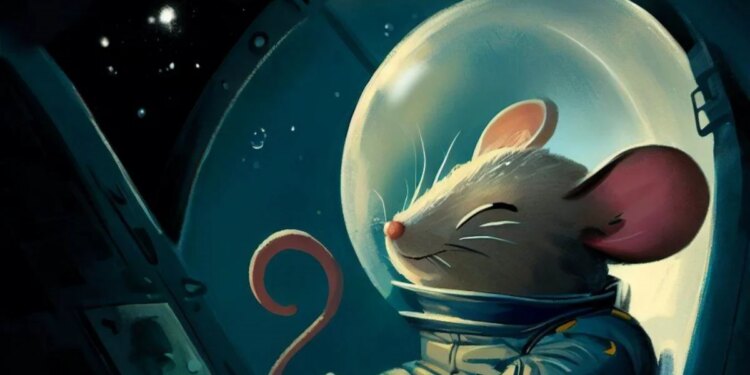As we continue to explore the mysteries of the universe, one of the biggest challenges facing humanity is achieving interstellar travel. These long journeys through the vast expanse of space would require innovative solutions to sustain both human and animal life for extended periods of time. That’s where the fascinating hibernation technique of mice comes into play.
Scientists have been closely studying the unique hibernation process of mice and how it could potentially be utilized for future space travel. When these tiny creatures go into hibernation, their bodies slow down and their metabolic rate drops to an incredibly low level, allowing them to conserve energy and survive in extreme conditions.
It’s not hard to see how this could come in handy for long-distance space travel. By putting humans and animals into a state of hibernation, spacecraft could potentially use fewer resources and require less frequent stops for food and rest. This could drastically reduce the time and cost involved in interstellar travel, and open up a whole new frontier for exploration.
Of course, this is still largely theoretical at this point. There are many challenges that need to be overcome in order to make hibernation a viable option for future space travel. Nonetheless, it’s an exciting area of science to follow, with countless potential applications not just for space exploration but also in medicine and other fields.
So next time you see a mouse curled up for a nap, remember that these adorable creatures may hold the key to unlocking the secrets of the universe. Who knows – with continued research and innovation, we may one day be able to travel to the stars and beyond, thanks in part to the humble hibernation of mice.
” Fuentes www.mundodeportivo.com ”

